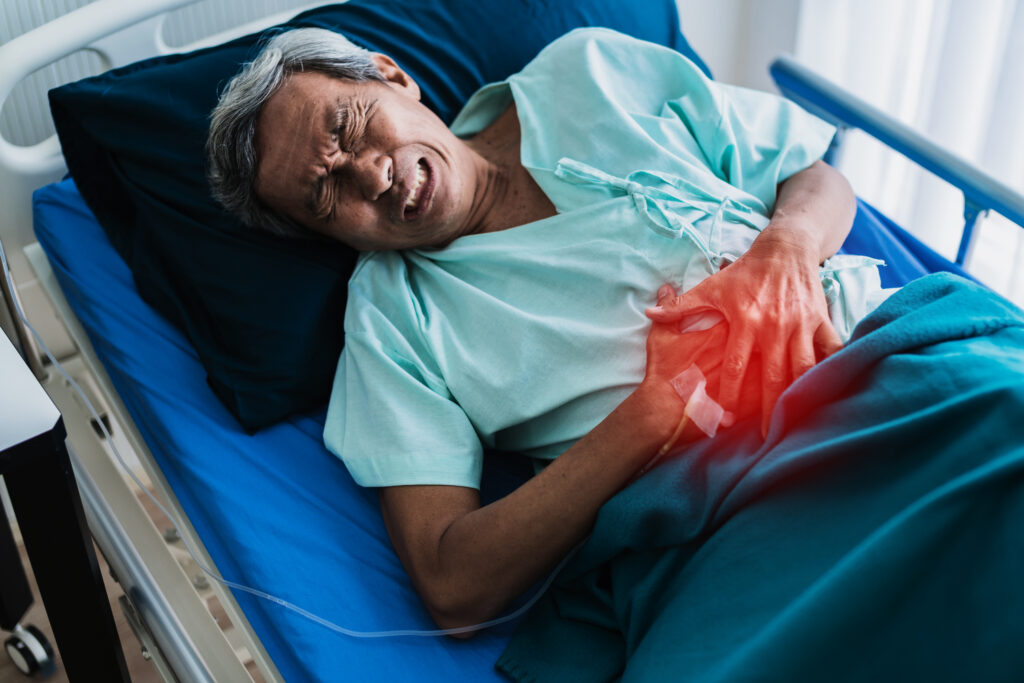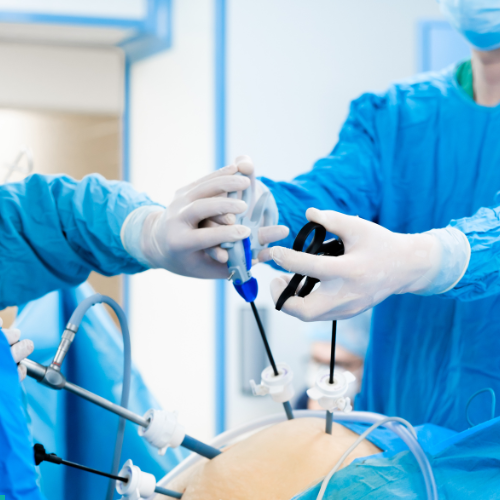
Gallbladder: Function, Problems, Symptoms & Treatment
The Gallbladder is a small, pear-shaped organ located under your liver on the right side of your abdomen. It plays an important role in the digestive system.
Function of the Gallbladder
The gallbladder stores and concentrates bile, a digestive fluid produced by the liver. When you eat fatty foods, the gallbladder releases bile into the small intestine through the bile ducts. Bile helps break down fats so your body can absorb them.
Common Gallbladder Problems
- Gallstones (Cholelithiasis) – Small stones that form from bile cholesterol and salts.
- Cholecystitis – Inflammation of the gallbladder, often due to gallstones.
- Gallbladder Cancer – A rare but serious disease.
- Biliary Dyskinesia – Poor gallbladder function.
Symptoms of Gallbladder Issues
- Sharp pain in the upper right or middle abdomen
- Nausea or vomiting
- Bloating
- Fever (in case of infection)
- Jaundice (yellowing of the skin or eyes, if bile flow is blocked)
Treatment Options
- Medications (for mild symptoms or dissolving small gallstones)
- Surgery – Usually removal of the gallbladder (cholecystectomy) is recommended for severe problems.
- Diet changes – Reducing fatty foods can help manage symptoms.
1. Introduction
Gallbladder cancer is a rare but aggressive malignancy developing in the gallbladder—the small organ under the liver that stores bile. Typically diagnosed late, it can spread rapidly once symptoms emerge
2. Key Risk Factors
- Gender & Age: More common in women—up to 2–6 × higher incidence—especially after age 65
- Gallstones & Chronic Inflammation: Present in up to 90 % of cases; gallstones larger than 3 cm significantly increase risk
- Geographic & Infectious Factors: Highest incidence in northern India, Chile, Japan, and parts of Latin America; chronic Salmonella or biliary infections also elevate risk

3. Symptoms to Watch
Early stages often silent. Advanced signs include:
- Upper-right abdominal pain or bloating
- Unexplained weight loss and nausea
- Jaundice (yellowing skin/eyes)
- Noticeable abdominal mass
4. Diagnosis & Staging
- Imaging Tools: Ultrasound, CT, MRI, MRCP used to detect and stage tumors; MRI is especially useful for assessing invasion and planning surgery .
- TNM Staging (AJCC 8th ed.):
- T1a/b: Early invasion of mucosa or muscle layer
- T2–T4: Deeper invasion into surrounding tissues and organs
Surgery (Curative Intent)
- Early-stage (T1a/b): Cholecystectomy may suffice.
- T2 and above: Extended resection involving liver segments IV/V plus lymph node removal is standard
Chemotherapy & Systemic Therapy
- Advanced/metastatic cases: Gemcitabine + cisplatin is the established first‑line regimen, improving survival over gemcitabine alone
- Alternative regimens (gemcitabine + oxaliplatin or S-1) show promising results in trials
- Investigational strategies include triplet therapy (gemcitabine + cisplatin + nab‑paclitaxel) and targeted immunotherapy
5. Treatment Breakdown
Surgery (Curative Intent)
- Early-stage (T1a/b): Cholecystectomy may suffice.
- T2 and above: Extended resection involving liver segments IV/V plus lymph node removal is standard
Chemotherapy & Systemic Therapy
- Advanced/metastatic cases: Gemcitabine + cisplatin is the established first‑line regimen, improving survival over gemcitabine alone
- Alternative regimens (gemcitabine + oxaliplatin or S-1) show promising results in trials
- Investigational strategies include triplet therapy (gemcitabine + cisplatin + nab‑paclitaxel) and targeted immunotherapies
#Gallbladder cancer surgeon in Dwarka
